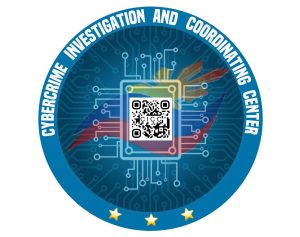
By Ruth Abbey Gita-Carlos | Philippine News Agency
The Cybercrime Investigation and Coordinating Center (CICC) is seeking additional funding to ramp up its fight against cybercrimes in 2025.
CICC Deputy Executive Director, Assistant Secretary Mary Rose Magsaysay, said the agency had asked the Department of Science and Technology to fund its research and development project aimed at developing a new tool to detect and combat cybercrimes such as ransomware attacks and cyberfraud.
“We are funding it. We have asked the help of DOST and dinadasal namin sa Diyos na bigyan kami ng pagkakataon [na] mapondohan,” Magsaysay said during the Bagong Pilipinas Ngayon Program aired over state-run PTV-4 on Wednesday.
“So, research and development, wala tayong choice—the tools are very expensive, [in] hundreds of millions [of pesos]. We have to create our own tools. We are breaking the barrier in the entry point to solve cybercrime. We are making it affordable for every single law enforcement agency.”
The CICC in October this year partnered with De La Salle College of Saint Benilde for a P15-million research project to create an anti-smishing program.
The project, funded by the DOST, aims to develop machine learning algorithms capable of analyzing patterns to detect signs of smishing attempts.
It is also expected to integrate natural language processing, a branch of artificial intelligence (AI) that analyzes the content of SMS messages to identify phishing attempts that may lead to fraudulent activities and identity theft.
Other law enforcement agencies and cyber security professionals are expected to benefit from the research project.
Magsaysay said AI has played a “very big role” in solving cybercrimes.
In 2025, the CICC would also focus on promoting the digital forensics laboratory dedicated to women and children who are victims of sexual abuse and exploitation, Magsaysay said.
“One thing about 2025 is that kailangang malaman ng ating public na mayroon na po tayong first-in-the-world OSAEC/CSAEM (online sexual abuse or exploitation of children/child sexual abuse or exploitation materials) digital forensics laboratory—dedicated only for the women and children [na] mga cases,” she said.
